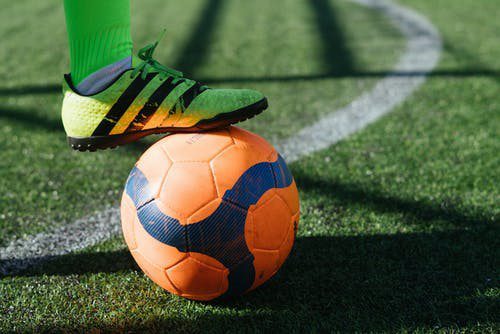Soccer balls, also known as Futbols or footballs, come in a variety of sizes and shapes. Soccer balls are classified into the following types:
Professional Match Balls
- Designed in collaboration with top major clubs to optimize players’ natural skills and abilities.
- At the highest professional and international levels, it has been authorized for use.
- Pure performance, precise specifications, outstanding precision, speed, and power.
- Suitable for both natural and artificial turf fields, as well as all climates.
Premium soccer balls must be FIFA-certified, which is the highest rating a soccer ball can earn. FIFA-approved soccer balls must undergo a battery of construction and design tests, including shape, air retention, efficiency, balance, bounce, waterproofing, strike reaction, and flight trajectory.

The Champions League, Copa Am?rica, UEFA European Championship, World cup, English Premier League, Spain’s La Liga, Mexico’s Liga MX, Italy’s Serie A, Major League Soccer in the United States, and virtually every other professional soccer tournament and league use FIFA sanctioned premium match balls.
When it comes to a premium ball Australia uses them in their own national level leagues.
Match Balls
- Balls of high efficiency on all playing surfaces.
- Designed to accommodate all levels of gameplay and age demographics.
- Official weight, size, and shape standards are guaranteed to be followed.
- Materials that have been developed for their consistency and dependability
Match soccer balls are most often used in non-professional top level tournaments, such as university and high school leagues. Game soccer balls are made of materials identical to premium match balls, but with a different construction, and must meet all official soccer ball specifications: A Size 5 soccer ball should have a circumference of 27 to 28 inches, a weight of 14 to 16 ounces, and a match pressure of 8.5 to 15.6 psi.
Training Balls
- Balls that are tough and long-lasting.
- Specific materials are needed for use on all playing surfaces.
- Coaches use it for both age ranges and levels.
Training soccer balls are typically constructed with two to three lining layers while still meeting official ball specifications for weight (14 – 16 ounces) and perimeter (27 – 28 inches). Training soccer balls are ideal for players at all ability levels. Many training or camping balls made of shaped material (not stitched together panels) have been engineered to withstand surface layer such as asphalt and concrete, rendering them fully water resistant.
Futsal Balls
Futsal soccer balls are small, but weigh roughly the same as a normal size 5 soccer ball. Futsal balls are frequently low-bouncing and designed especially for futsal play in order to provide better stability during quick play on hard surfaces. The bladder of a Futsal ball is packed with foam, which distinguishes it from a traditional soccer ball. As a result, the ball is heavier and has less bounce when used on a hard playing surface.
Recreational Balls
Recreational soccer balls are produced in up to five different sizes, with one or two lining layers and an outer cover made of PVC. Size 5 balls can be made in weights ranging from 300 to 350gr for children aged 6 to 10, or weights ranging from 350 to 400gr for those over the age of 10. Recreational balls are the least expensive and most common form of soccer ball among all ball categories.










